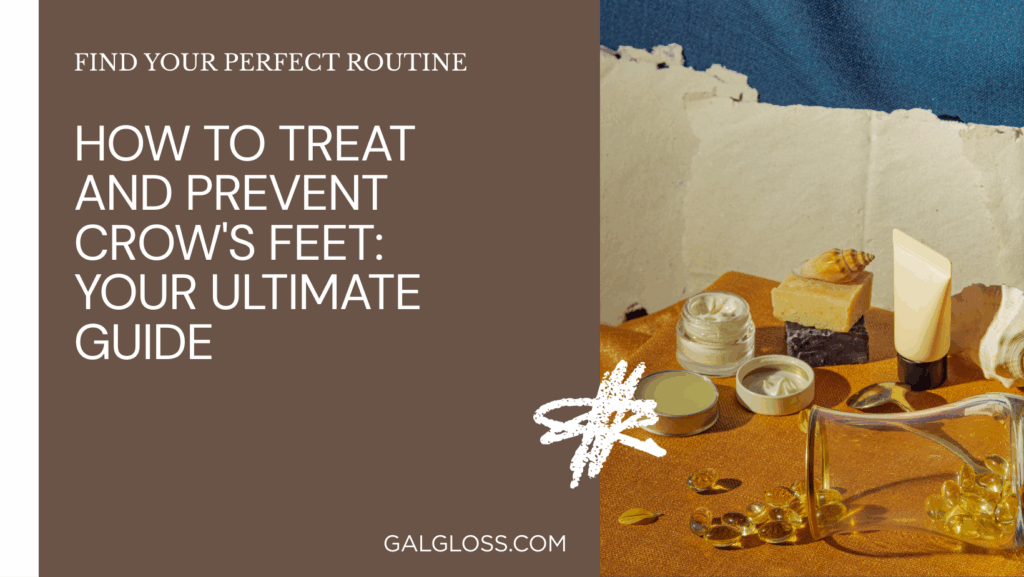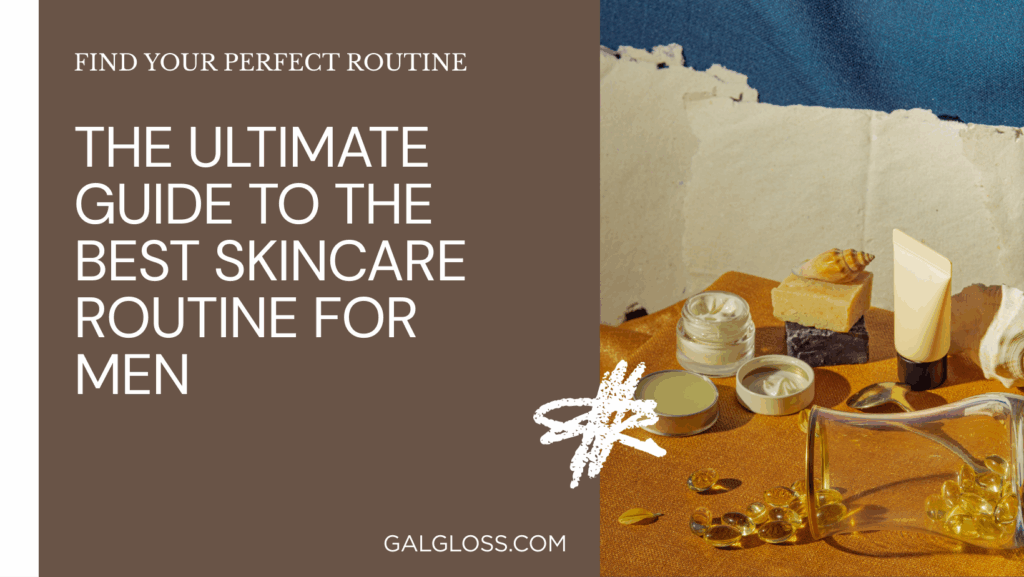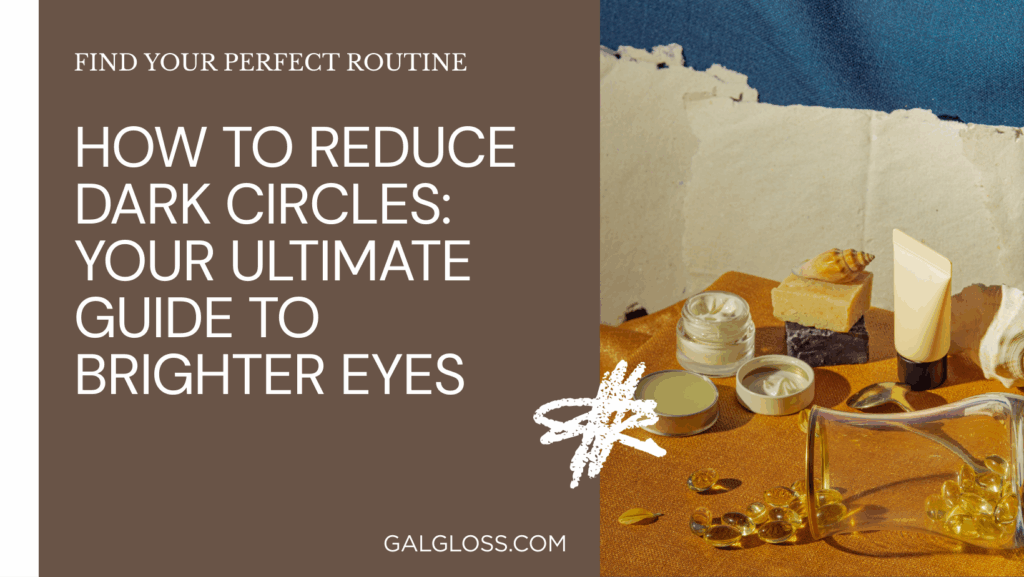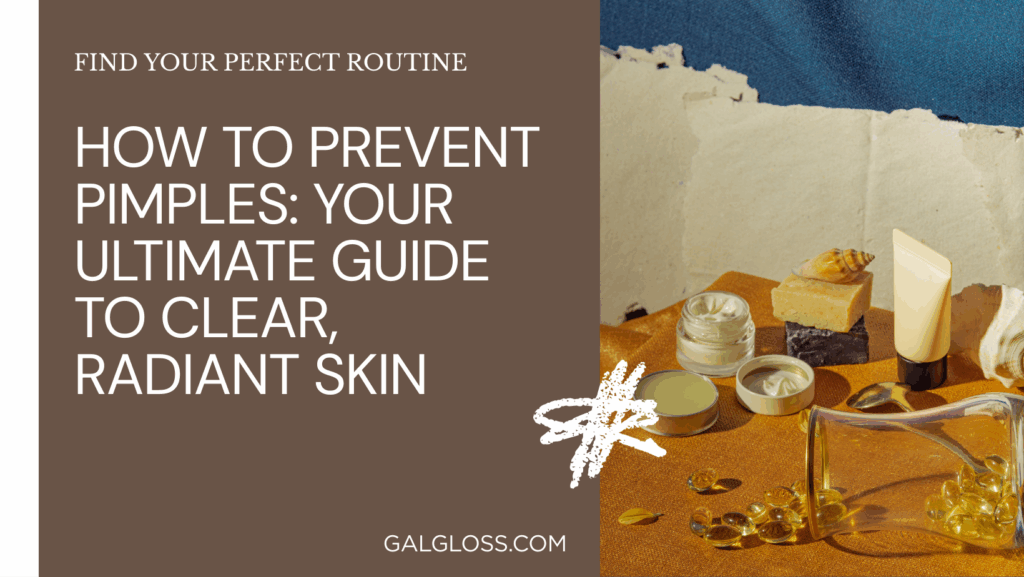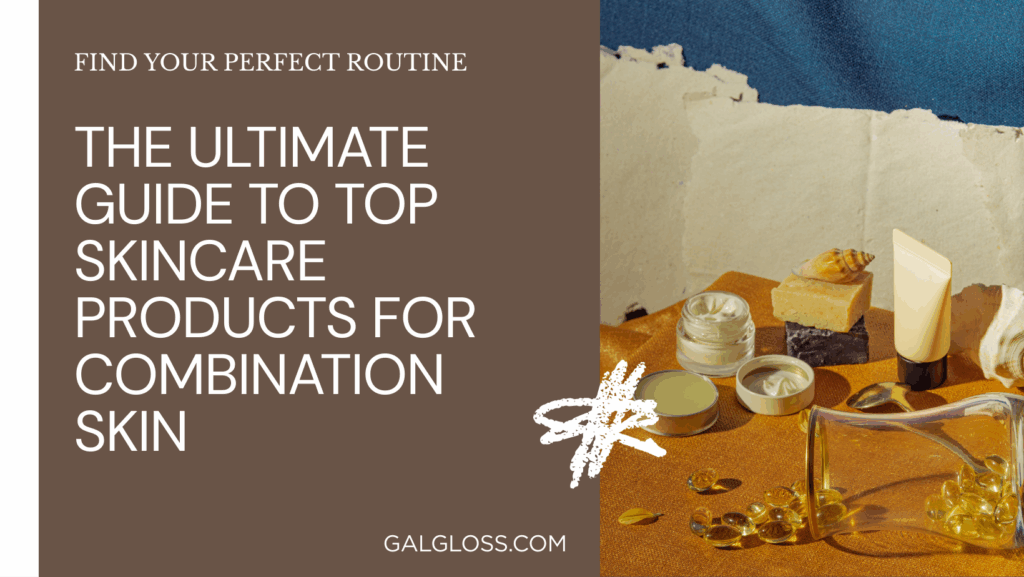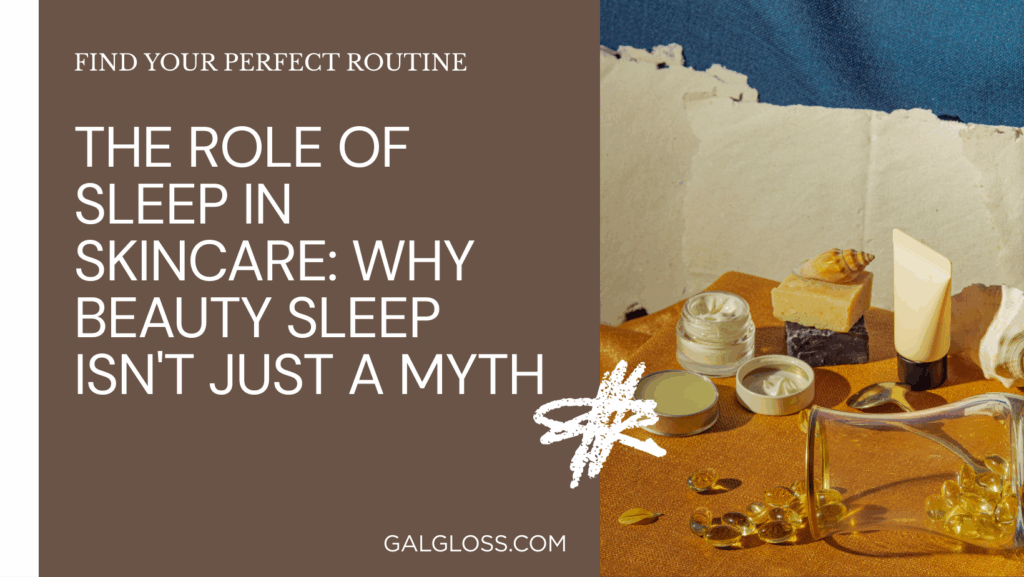Ever stood in front of a makeup counter, feeling totally lost? You’re not alone! Choosing the right concealer can feel like trying to solve a Rubik’s cube blindfolded. But don’t worry – I’ve got your back. Let’s dive into the world of concealers and make sense of it all, shall we?
What’s the Big Deal About Concealer Anyway?
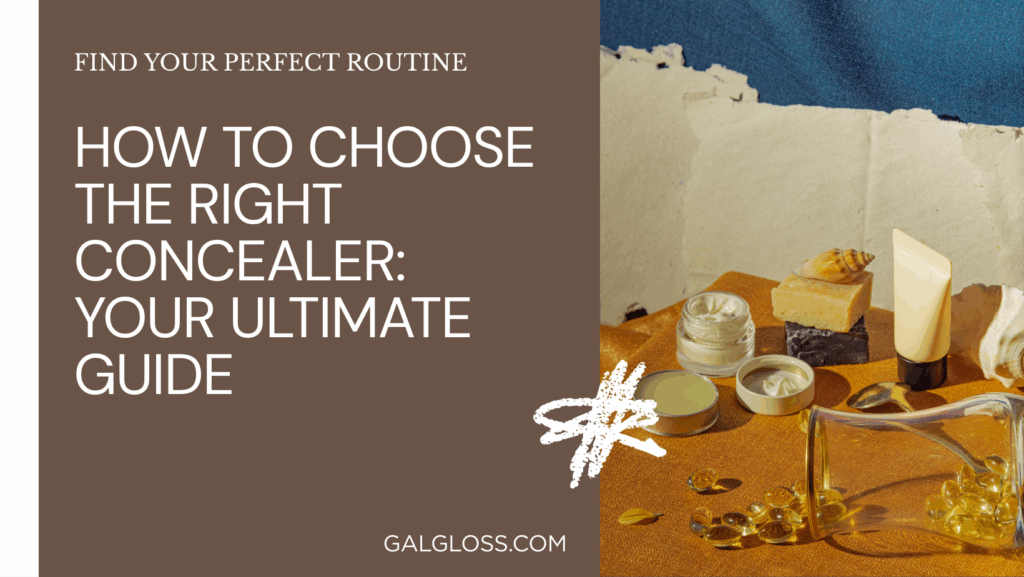
Think of concealer as your secret weapon in the battle for flawless skin. It’s like a magic eraser for your face, hiding everything from pesky pimples to those late-night Netflix binge under-eye circles. But here’s the kicker – the wrong concealer can do more harm than good. It’s like wearing shoes that don’t fit – uncomfortable and obvious to everyone around you.
Concealer 101: The Basics
Before we jump into the nitty-gritty, let’s break down what concealer actually is. It’s a highly pigmented makeup product designed to cover up skin imperfections. Think of it as foundation’s more concentrated cousin.
There are a few main types of concealer:
- Liquid: The jack-of-all-trades in the concealer world
- Cream: Perfect for dry skin folks
- Stick: Great for on-the-go touch-ups
- Powder: Ideal for oily skin types
Now, you might be wondering, “Can’t I just use foundation?” Well, you could, but it’s like using a sledgehammer to hang a picture. Concealer is more targeted and usually more pigmented than foundation, making it perfect for those stubborn spots that need extra coverage.
Know Thyself: Identifying Your Skin Type
Before you even think about picking up a concealer, you need to get up close and personal with your skin. Is it dry as the Sahara? Oily like a pizza? Or maybe it’s playing for both teams with a combination complexion?
Here’s a quick rundown:
- Dry skin: Look for hydrating, creamy formulas
- Oily skin: Opt for oil-free, matte finish concealers
- Combination skin: You might need different concealers for different areas
- Sensitive skin: Stick to hypoallergenic, fragrance-free options
Remember, your skin is unique – what works for your bestie might be a disaster for you. It’s all about finding your perfect match!
The Undertone Enigma
Alright, pop quiz time! Do you know your undertone? If you’re scratching your head, don’t worry. Many people find undertones more confusing than quantum physics.
Your undertone falls into one of three categories:
- Cool (pink, red, or blue undertones)
- Warm (golden, yellow, or peach undertones)
- Neutral (a mix of warm and cool)
Here’s a quick test: Look at the veins on your wrist. Are they:
- Blue or purple? You’re likely cool-toned.
- Green? You’re probably warm-toned.
- Can’t tell? You might be neutral.
Matching your concealer to your undertone is like finding the right key for a lock – when it fits, everything just works.
Finding Your Shade: The Goldilocks Principle
Remember Goldilocks? She knew the importance of finding something that’s “just right”. The same goes for your concealer shade.
Here’s the golden rule: Your concealer should be about one shade lighter than your foundation for under-eyes, and spot-on match for blemishes.
Pro tip: Test the concealer on your jawline, not your hand. Your hand might be tanned or a different shade than your face, leading you astray.
Coverage: How Much is Too Much?
When it comes to coverage, it’s not one-size-fits-all. Think of it like seasoning your food – some like it mild, others want to feel the heat!
- Light coverage: Perfect for “no-makeup” makeup looks
- Medium coverage: Great for everyday wear
- Full coverage: Ideal for special occasions or problematic areas
Remember, the goal is to enhance your natural beauty, not create a mask. Start light and build up if needed.
Texture Talk: Finding Your Formula
The texture of your concealer can make or break your look. Here’s a quick guide:
| Texture | Best For | Application Tip |
| Liquid | All skin types | Pat gently with fingertips or a damp beauty sponge |
| Cream | Dry or mature skin | Warm up between fingers before applying |
| Stick | Targeted coverage | Apply directly and blend out |
| Powder | Oily skin | Use a small brush for precise application |
The Application Station
You’ve got your perfect concealer – now what? Here’s a step-by-step guide to flawless application:
- Start with a clean, moisturized face
- Apply your foundation first (if you’re using it)
- Dot concealer on areas that need coverage
- Gently pat (don’t rub!) to blend
- Set with a light dusting of powder if needed
Remember, less is more. You can always add more, but taking away excess product is tricky.
Make it Last: Longevity Tips
Want your concealer to stick around longer than your last relationship? Try these tips:
- Use a primer before application
- Set your concealer with a translucent powder
- Avoid touching your face throughout the day
- Carry a small amount for touch-ups
Ingredient Intel: What to Look For (and What to Avoid)
Not all concealers are created equal. Here are some ingredients to keep an eye out for:
Good guys:
- Hyaluronic acid (for hydration)
- Vitamin E (for antioxidant protection)
- Salicylic acid (for acne-prone skin)
Bad guys:
- Alcohol (drying)
- Fragrance (potential irritant)
- Mineral oil (can clog pores)
Wallet-Friendly vs. Splurge-Worthy
Good news! You don’t need to break the bank for a great concealer. There are fantastic options at every price point. Here are some crowd favorites:
- Budget: Maybelline Fit Me Concealer
- Mid-range: NARS Radiant Creamy Concealer
- Luxury: Clé de Peau Beauté Concealer
Remember, expensive doesn’t always mean better. It’s all about finding what works for you.
Conclusion: Your Perfect Concealer Awaits!
Choosing the right concealer might seem daunting, but armed with this knowledge, you’re ready to face the makeup aisle with confidence. Remember, makeup is supposed to be fun! Don’t be afraid to experiment until you find your holy grail product.
Have you found your perfect concealer match? Or do you have any concealer horror stories to share? Drop a comment below – I’d love to hear from you!
Happy concealing!
FAQs
Q: Can I use concealer without foundation? A: Absolutely! For a natural look, just conceal where needed and blend well.
Q: How often should I replace my concealer? A: Generally, liquid concealers last about 6-12 months after opening. If it changes smell or texture, toss it!
Q: Is it okay to use concealer on my eyelids? A: Yes, it can work as an eyeshadow primer. Just make sure it’s eye-safe.
Q: Can concealer cause breakouts? A: It can if it’s not suitable for your skin type. Look for non-comedogenic formulas if you’re acne-prone.
Q: Should my concealer be lighter or darker than my foundation? A: For under-eyes, slightly lighter. For blemishes, match your skin tone exactly.
Remember, the world of makeup is your oyster. Don’t be afraid to play around and find what works best for you. After all, rules are made to be broken – especially in beauty!
